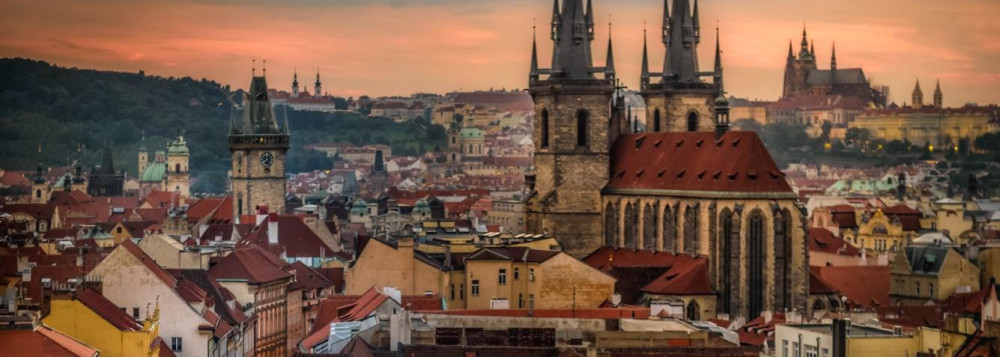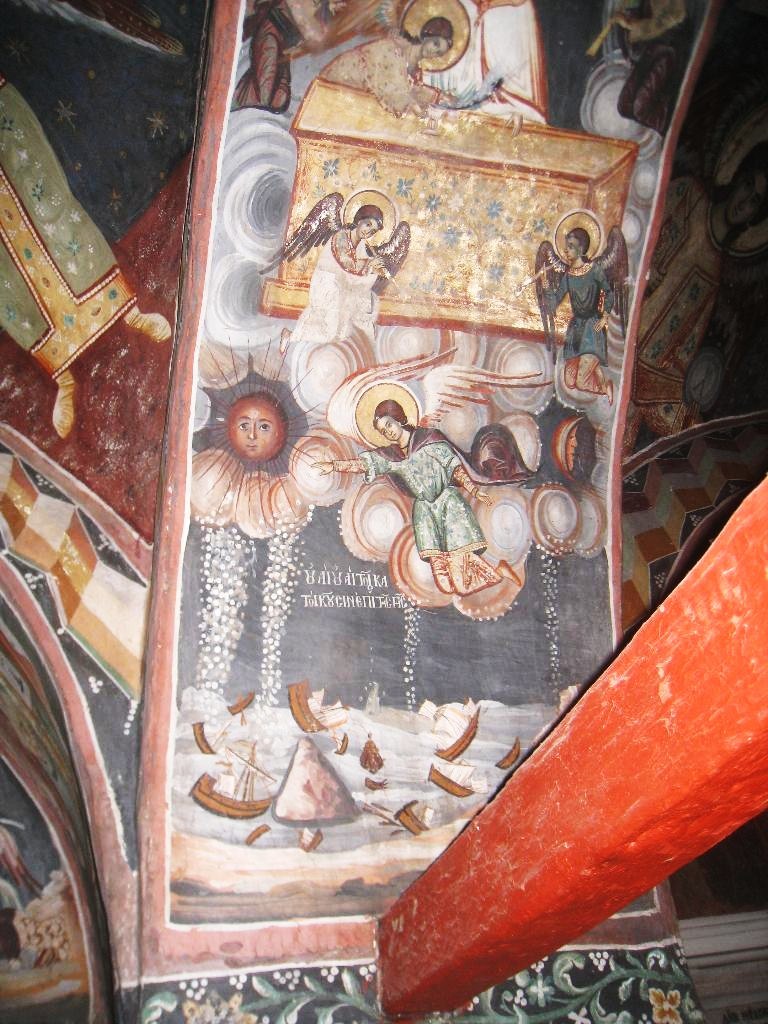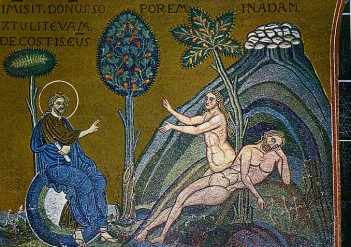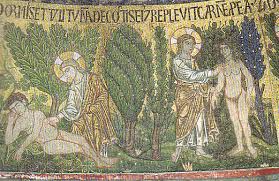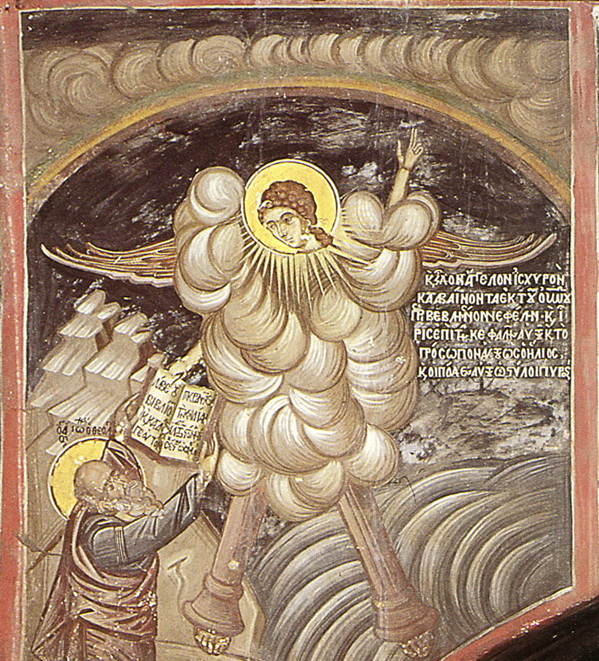
Then I saw another mighty angel coming down from heaven, wrapped in a cloud, with a rainbow over his head: his face was like the sun and his legs like pillars of fire. He held in his hand a little scroll which was open…. He said to me, “take it and eat it.” (Apocalypse 10:1-2, 9)
St. John takes the small, open scroll and eats it although the angel warns that it will taste sweet in his mouth and then turn his stomach sour. “You must prophesy over many peoples and nations and tongues and kings,” St. John is told after eating the scroll.
Eating a scroll is often the first thing a prophet is told to do (Ezekiel 3). The prophet ingests the message he is to deliver and integrates it into himself. It becomes his message as well as the message of God. (The scroll that Ezekiel eats is also sweet to taste but produces “laments and words of woe.” Both Ezekiel and the Apocalypse are associated with the liturgical season of Eastertide; the Death and Resurrection of Christ are simultaneously blessing and judgement which are described in terms of the Last Days by the prophet and the apostle.)
Given that the Apocalypse is a liturgical commentary, what does this episode correspond to in the Eucharist? Consuming the little scroll can also correspond with receiving Holy Communion, as does Isaiah’s lips being touched by a heavenly coal. Each communicant is called to the same vocation as the seer although details of how that vocation is exercised may differ.
Although this scroll is small, unlike the others mentioned in the Apocalypse, its most important distinguishing feature is that it is open rather than closed. An open message is one that will be fulfilled shortly after it is proclaimed; a closed message is about an event that will happen long after the proclamation is made. The message that will be accomplished soon is the preaching of the Gospel to “many peoples and nations and tongues and kings.” Prophets like Ezekiel were sent only to the Israelites; John–and the Church as a whole–are sent to the whole world. The ingathering of the nations to join Israel in receiving the blessings of God was proclaimed by the prophets as one of the signs that the Last Days had finally come; the nations responding to the preaching of the Gospel is a sign that the Last Days have now arrived.
The Apocalypse is, in many ways, the proclamation of the same message that the prophets proclaimed but that message has now been fulfilled-accomplished. The Last Judgement–while still a distant event in linear time–has begun and is already present in the spiritual-liturgical life of the Church. Eternity has begun to erupt into the world of space-time. The Apocalypse is not a blueprint or a timeline for something to happen in the future; it describes the life of the Church now.
The fancy theological way to refer to this is “realized eschatology.” Eschatology is the Greek word for “last things.” The last things have been realized/accomplished in the life-ministry-Passion of Christ and are now playing out in the life of the Church. Sometimes “realized eschatology” is contrasted with consistent eschatology, which insists that the Last Days are still entirely in the future. The two concepts are combined by some modern authors in inaugurated eschatology.
